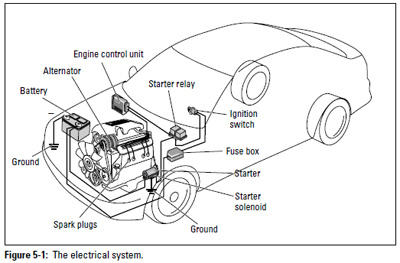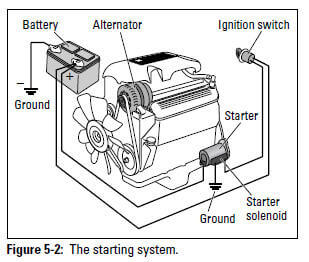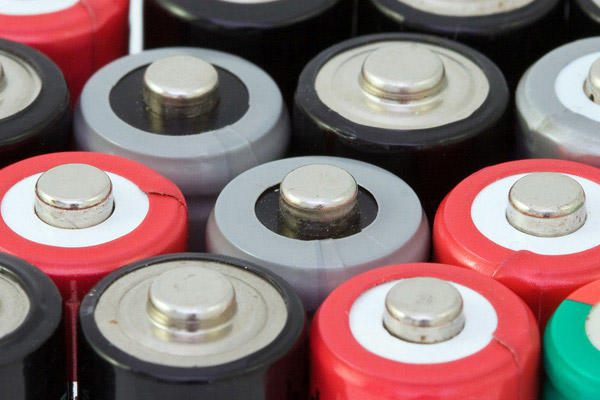The Electrical System, ECU, and Starting System
The electrical system includes several subsystems that provide your vehicle with that vital spark that makes it start and then keeps it running. It's one of the many systems on a vehicle that's monitored and controlled by a kind of "super computer" called the engine control unit, or ECU for short.

Introducing the Engine Control Unit (ECU)
The engine control unit (ECU) is the most powerful computer on a vehicle. It uses a variety of sensors to monitor and control most of the engine functions of the car, including the electrical, fuel, and emissions control systems. Among other tasks, the ECU fires the fuel injectors on fuel-injected engines, fires the spark plugs, and controls valve timing, emissions controls, the fuel/air mixture, and even the cooling fan. The ECU itself rarely malfunctions, is the key to the diagnostics that pinpoint problems, and is primarily responsible for managing the fuel efficiency and performance of your vehicle. Moving on to the electrical system (see Figure 5-1), here are some of the services that the individual systems and major parts involved in the electrical system perform:
- The starting system, unsurprisingly, provides the initial power to get your engine started.
- The ignition system fires the spark plugs so they can cause the fuel and air to "combust" and drive your engine.
- The charging system generates electrical power for the various systems in your vehicle that depend on electric current, and it regulates the power flowing to the battery to keep it from running down.
- The battery stores excess current for future needs.
- Various circuits run a mixed bag of electrical gadgets, like your vehicle's horn, headlights, and so on, most of which are protected by fuses.

The Starting System
The starting system, shown in Figure 5-2, is the portion of the electrical system that gets your vehicle started. When you turn your key in the ignition switch to "Start" (or activate the ignition by pushing a button), the action closes a circuit that lets electrical current flow from your car's battery to its starter. On the way, the current passes through a device called the starter solenoid. Basically, all the solenoid does is pass the current along and move the starter gears into contact with the flywheel. You don't adjust or replace it unless it breaks down.
Because actually seeing and touching something is worth a thousand words, it's a good idea to trace the path of the electric current to each part in the system of your car. Don't be shy now! I know the area looks like a maze of wires, bottles, and boxes, but once you can identify the major parts, it won't be as scary anymore.
As you try to trace the wiring through the starting system, if you find a couple of parts that I haven't mentioned yet, just hang in there. Like the solenoid, you don't have to fuss with these parts unless they fail; and if they fail, they have to be replaced by a professional.
From Auto Repair for Dummies, copyright © 2009 by Wiley Publishing, Inc., Indianapolis, Indiana. Used by arrangement with John Wiley & Sons, Inc.










